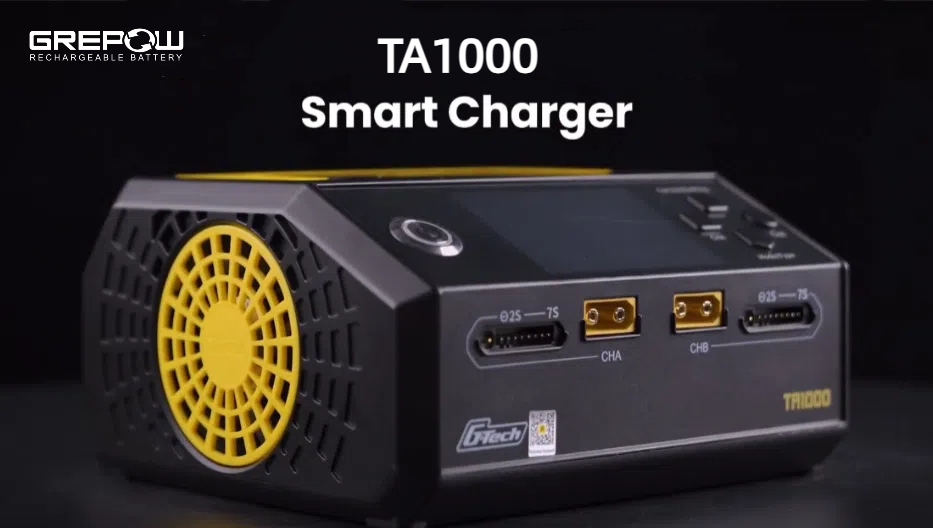NFPA releases fire-safety standard for energy storage system installation
NFPA releases fire-safety standard for energy storage system installation
Introduction
To help provide answers to different stakeholders interested in energy storage system (ESS) technologies, the National Fire Protection Association (NFPA) has released “NFPA 855 , Standard for the Installation of Stationary Energy Storage Systems ,” the first comprehensive collection of criteria for the fire protection of ESS installations. The standard detail: NFPA 855, Standard for the Installation of Stationary Energy Storage Systems The standard provides requirements based on the technology used in ESS, the setting where the technology is being installed, the size and separation of ESS installations, and the fire suppression and control systems that are in place.
13 times grow of the global energy storage system deployment
The current penetration rate of energy storage systems around the world has increased significantly. According to Wood Mackenzie Power&Renewable, the global energy storage system deployment is expected to grow 13 times in the next six years (2018-2024), with the United States and China leading the growth. According to this trend, the managers of building facility in the near future will most likely be responsible for overseeing the installation of energy storage systems in buildings. To help them cope with the potential challenges and obstacles associated with energy storage system equipment, the National Fire Protection Association (NFPA) has developed NFPA 855, a fixed energy storage system installation standard that will be released this fall. The advantage of a lithium-ion battery energy storage system is that it provides a higher energy density and is becoming cheaper and cheaper. This technology encapsulates a large amount of energy in a small package, which means an increased risk of fire and life safety hazards such as residual energy, release of toxic gases and greater fire potential. Energy storage systems are attractive to both business owners and consumers for a variety of reasons. Peak shaving is an effective way to save money and increase efficiency (charge the energy storage system in the case of low energy prices and discharge when electricity prices are high). Building management managers who rely on solar panels or wind turbines to generate electricity will also want to use the energy storage system to supplement the supply of green energy in order to generate electricity without blowing the wind or sunlight. There is no doubt that such alternative energy systems offer significant environmental and economic benefits, but they can also pose potential harm to people and property. From a practical point of view, one of the most relevant issues with energy storage systems is whether there is enough room to store the required energy. NFPA 855 requires a three foot gap between the 50 kWh energy storage system group and between the 50 kWh group and the wall.


NFPA 855 also sets the maximum energy storage threshold for each energy storage technology. For example, for all types of energy storage systems such as lithium-ion batteries and flow batteries, the upper limit of storage energy is 600 kWh, and all lead-acid batteries have no upper limit. The requirements of NFPA 855 also vary depending on where the energy storage system is located. NFPA 855 divides the location of energy storage systems into indoor and outdoor categories. The standard further classifies indoor devices into buildings dedicated to energy storage or in facility spaces for other uses. If installed in a mixed facility space, NFPA 855 requires 2 hours of fire isolation from other areas of the building. In addition, the document identifies the outdoor unit as a remote or non-remote device, depending on whether the spacing is more than 100 feet.
According to the Fire Protection Research Foundation of the US National Fire Department in June 2019, the first energy storage system nozzle research based on UL-based tests was released. Currently, the energy storage system needs to be protected by the NFPA 13 sprinkler system as required. The minimum density of the system is 0.3 gpm/ft2 (fluid speed 0.3 gallons per minute square foot) or more than room area or 2500 ft2 (square feet), whichever is the smallest. Some energy storage systems may enter a state of thermal runaway, producing toxic and flammable gases, posing an explosion hazard.
Some energy storage devices require explosion control, ventilation, smoke and fire detection in view of possible unsafe events. In addition, additional requirements are placed on collision protection to help prevent mechanical damage, and posting a logo can help the person who first saw the sign identify the hazard.

Emergency preparedness is an important part of the installation plan of the energy storage system. Before the energy storage system is put into use, it is necessary to develop training related to emergency operation strategies. Equipment managers must be trained annually. The responsible person also needs to coordinate with the local fire department so that the first responder can understand the possible hazards of the energy storage system at a specific location in order to respond promptly. Earlier this year, the National Fire Protection Association updated its free online self-training training for first responders. This service provides local firefighters with training in terms of energy storage system terminology, hazards, and coping strategies.
The NFPA 855 standard also includes an annex on precautions for fire protection operations that are useful to first responders.
Although energy storage systems have many benefits and application scenarios, they are still at risk. NFPA 855 is designed to help mitigate these risks and ensure that all installations are designed with fire and life safety in mind.
Related Articles
-

How to Choose a LiPo Battery Charger?
2025-04-08 -

Join Grepow at AAA 2025+HearTECH Expo
2025-03-17 -

Join Grepow at EUHA 2024: Discover Our GRP7854 Series Hearing Aid Batteries
2024-09-25




















































